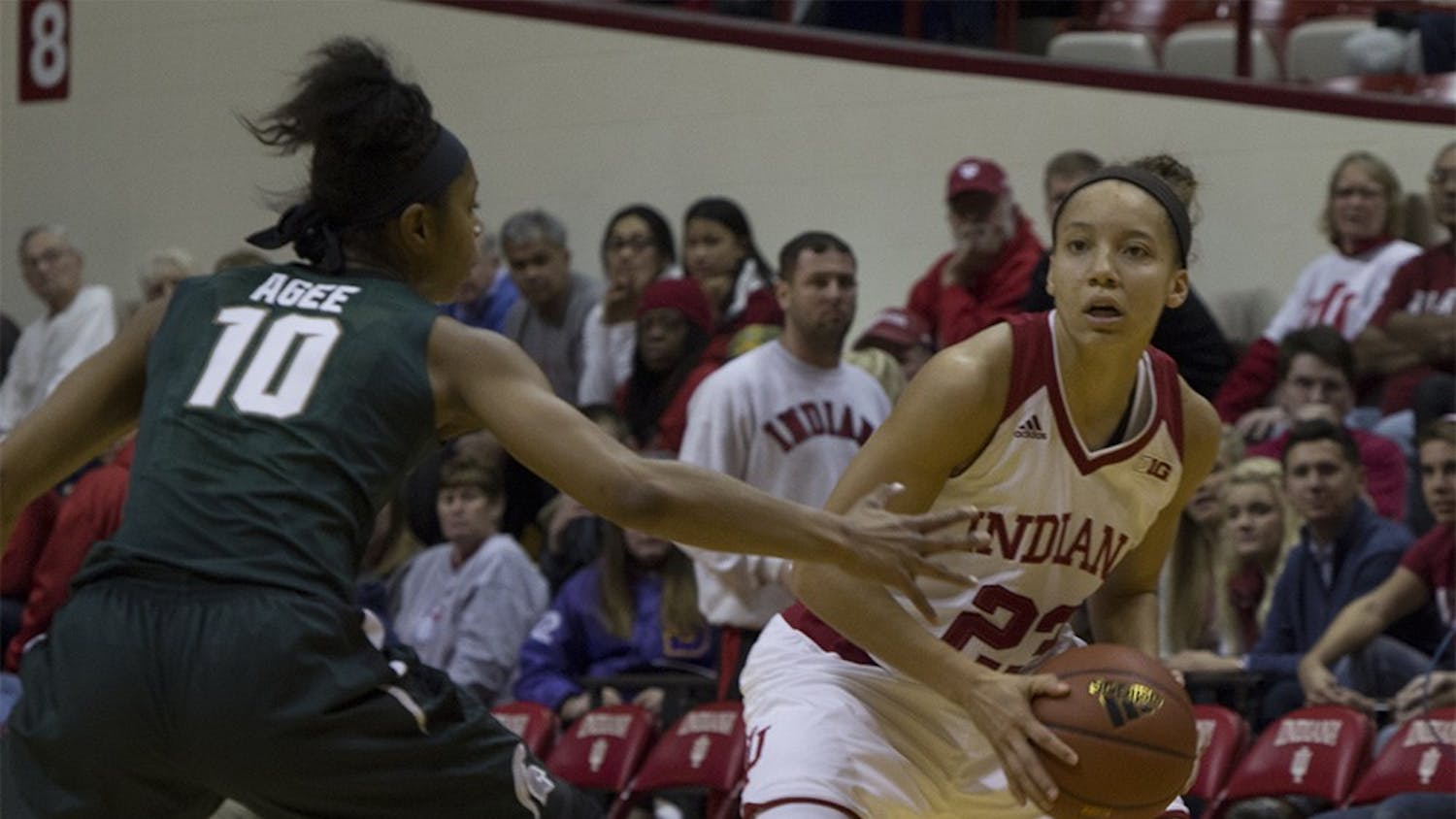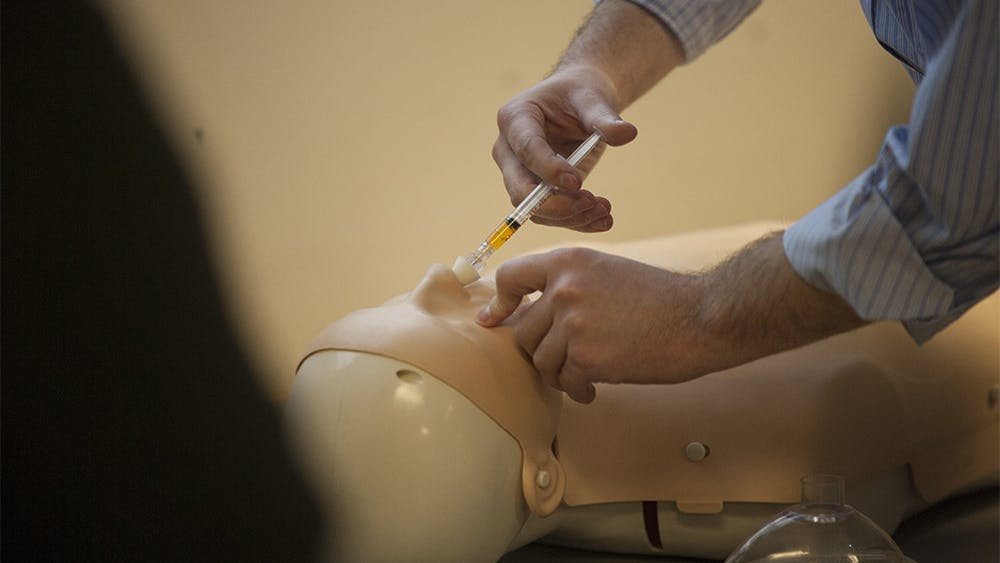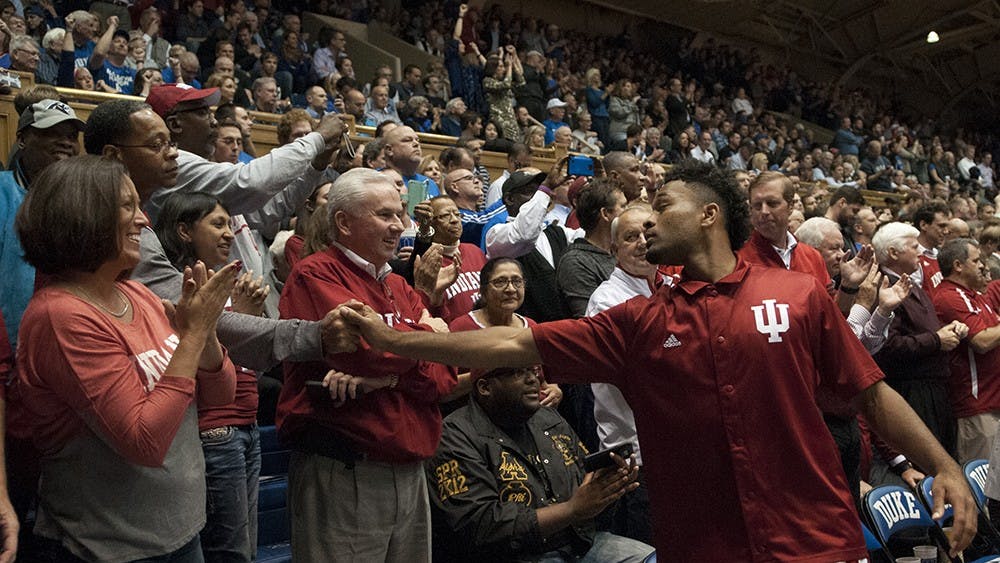Different definitions of equity caused enough agitation between IU’s culture centers and the office they report to that a meeting was called to clear the air of lingering misunderstandings.
The Office of Diversity, Equity and Multicultural Affairs had a meeting with its head administrators and the directors of the University’s four culture centers on Nov. 21 to reassure the University is equally devoted to supporting all minorities.
The meeting was prompted by disgruntled culture center directors who have long suggested diversity at IU focuses unfairly on black student resources and leaves smaller minority groups behind.
While DEMA claims the whole situation is a misunderstanding, directors of IU’s smaller culture centers say the inequity exists in the amount of resources and support DEMA provides to them in comparison with the Neal-Marshall Black Culture Center. While some people say “equity” splits resources equally among the four, DEMA said the term refers to the amount of resources given, taking into account the number of minority students they serve.
“There is a dissatisfaction across the board about how things are disseminated across the culture centers,” said Lillian Casillas, director of La Casa. “When they look at diversity, it’s a black-and-white issue.”
What is equity?
The Neal-Marshall Black Culture Center, the Asian Culture Center, La Casa and First Nations Educational and Cultural Center are IU’s four cultural centers. Each is situated at different locations on campus, and each gets funding for the year from the office of DEMA. Edwin Marshall, vice president of DEMA, said the University is equally devoted to all minorities and said he wants to spark more rhetoric between DEMA and the culture centers to sort out the misunderstandings.
“I’m a believer in building bridges to help solve problems,” Marshall said. “I hope
anyone who is confused can come and talk to me.”
While DEMA denies any intentional inequity, a problem remains because the culture centers and DEMA have different definitions of equity – a key element of their relationship.
Charles Sykes, executive director of the African American Arts Institute and Multicultural Initiatives, is man to whom the center directors report for their budgeting. He said equity is defined as giving each respective minority group resources based on the number of students each has on campus.
Casillas suggested equity means dividing resources equally between the four centers. Because she applies this definition, she believes equity is not being achieved.
“The Black Culture Center has two graduate assistants, where we only have one,” Casillas said. “Native Americans have none. They don’t even have a director. I am their interim and only part time.”
Although Sykes said he recognizes the need for additional graduate assistants, Vicki Roberts, associate vice president for budget and administration for DEMA, said providing extra graduate assistants for the other culture centers is not a priority. “It is unlikely in these financial times there will be an increase,” she said.
Why does one get more resources?
The Neal-Marshall Black Culture Center has its own large academic building that also houses the African American Cultural Center Library, the African American Arts Institute and the Office of Diversity Education. The Asian Culture Center and La Casa both have two-story houses that some say barely accommodate the growing numbers of students they serve.
Senior Carlos Jara, a student leader at La Casa, said the size of each culture center is obvious evidence of unequal resources.
“We just have a house,” Jara said. “Native Americans have a little office.”
Melanie Castillo-Cullather, director of the Asian Culture Center, said she has a hard time justifying the size of her building to students when they ask why it is so much smaller than the Black Culture Center.
“How do you explain that to the kids?” she asked.
Sykes said the sizes of the buildings have nothing to do with discrimination against the non-black culture centers and noted the long history of black students at IU and the large amounts of fundraising done for the building.
“I understand where they’re coming from, but I also know that it takes a while to get to that point,” Sykes said. “I hope that we can do a better job of supporting them.”
But Casillas and Castillo-Cullather said they are also concerned with the support they receive in promoting their cultural heritage months, which they say are key to spreading awareness about their presence at IU.
Until the Nov. 21 meeting, Casillas, Castillo-Cullather and many of their students were under the impression the Black Culture Center received an additional $25,000 in funding for its Black History Month celebration. This confusion raised some tempers because the Asian Culture Center and La Casa get little, if any, extra funding for their heritage months, and Casillas and Castillo-Cullather each spend the year looking for sponsors and outside donations.
Sykes said while there was a fund put toward Black History Month in the past, it was not part of the Black Culture Center budgeting, and the funding no longer exists.
“There is no money budgeted for Black History Month and especially for the Black Culture Center,” he said. While there is no extra funding for Black History Month, Casillas is still frustrated.
“I would love to have the support that DEMA gives for Black History Month,” she said. “They have a graduate student who’s specifically hired to plan Black History Month, whereas we have to use whatever staff we already have.”
Moving forward
While the three smaller centers have the most complaints about equity, the four are not pitted against one another. They are bonded and share a connection in knowing they serve the same purpose of promoting diversity. Casillas said this is why she is confused about what she sees as a disparity in University support.
“We are all here to serve the whole community,” she said. “So why is there this inequity?”
Audrey McCluskey, director of the Black Culture Center, echoed the complaints of the other three centers, saying she, too, faces a lack of resources.
“There are never enough funds,” she said. “I want to keep in the forefront the goal of diversity and keep the University accountable.”
Sykes chalked the whole situation up to a communication problem.
“I think we have a public relations problem, which is deeper than a problem of inaction,” he said. “I’m going to act to help get better communication to and for the people who report to me. That’s what I promise them I will do is to help get some answers.”
Casillas said the meeting was a good start and that more meetings are to come.
“We had a very honest discussion, and a lot of this stuff came out,” she said. “Finally our voice got heard. I think things are moving in a better direction.”
Some culture center directors claim inequity of support
Get stories like this in your inbox
Subscribe





